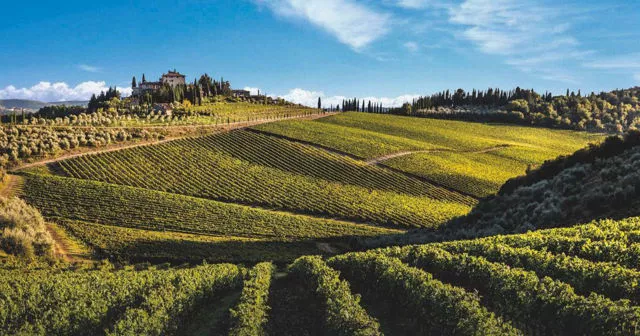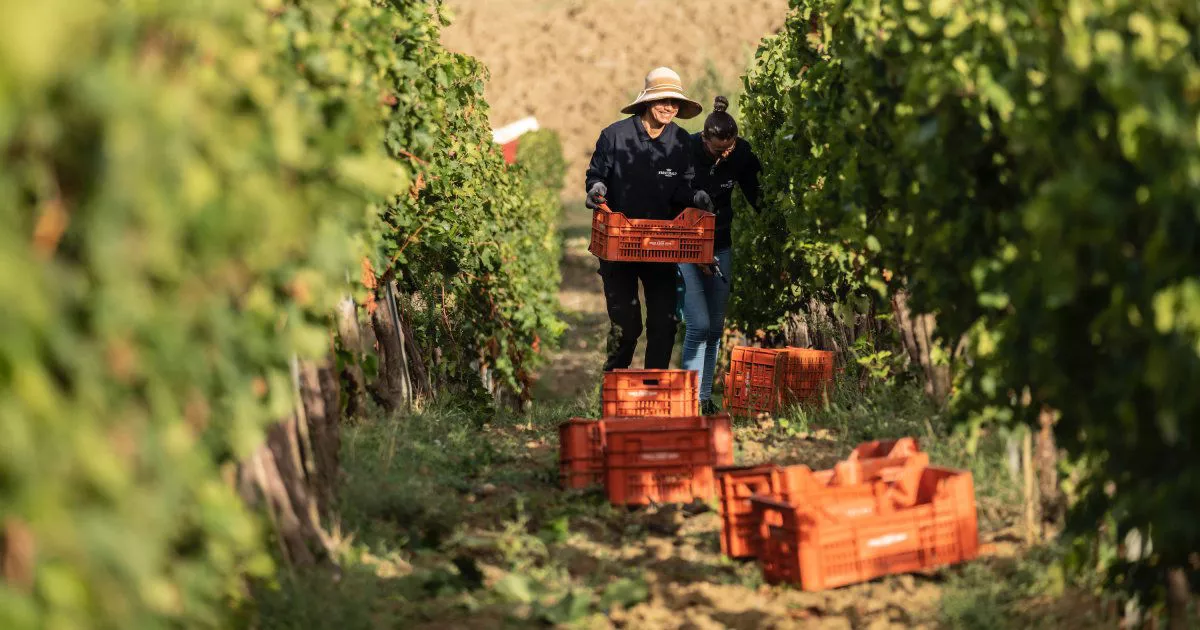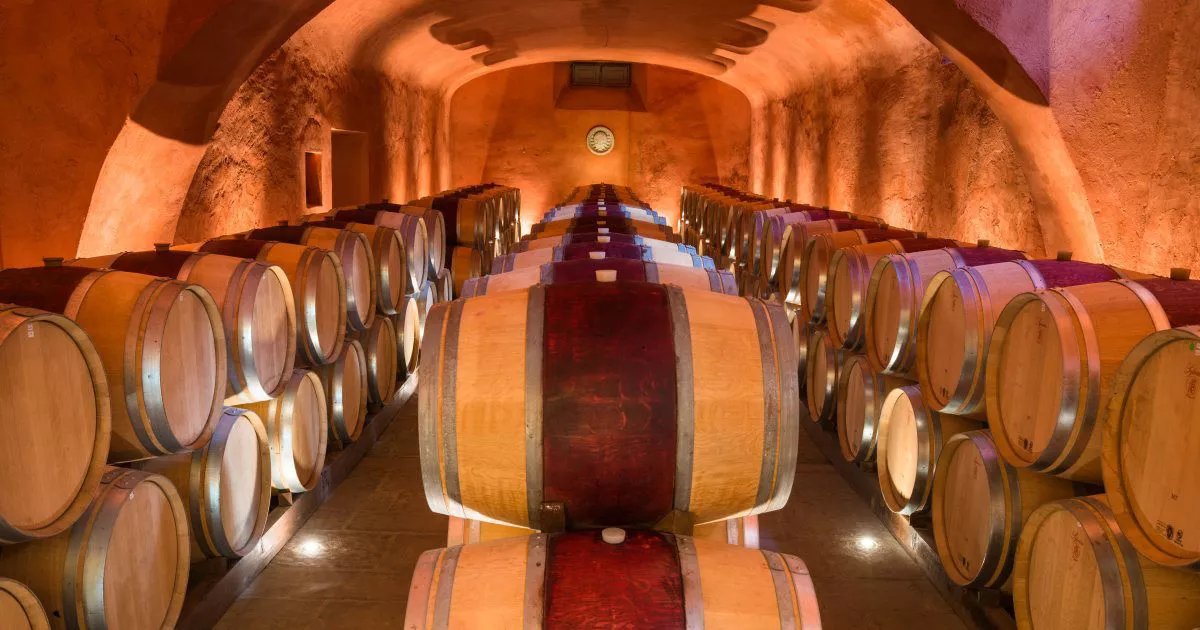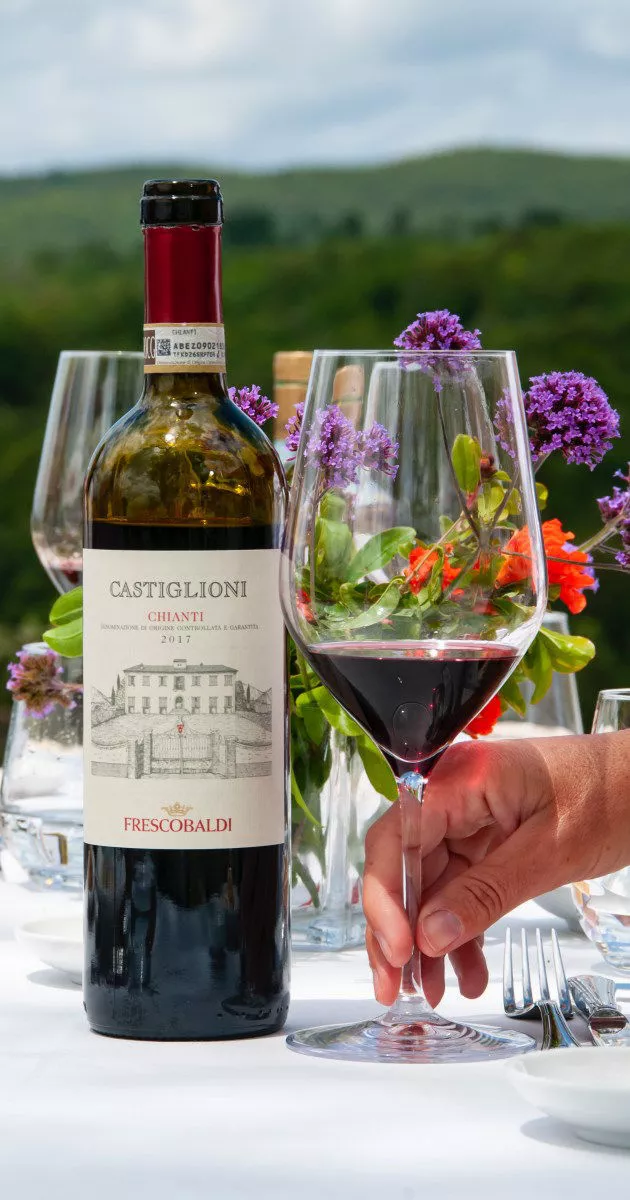
History of Chianti wines: characteristics and pairings
Do you know how a world-famous wine like Chianti is created? Let's discover together how its name has been known for centuries: from the first historical mentions in one of the most fascinating areas of Tuscany to the legendary story of the Black Rooster, whose peculiar emblem can still today be found on the product's bottles. To conclude with a little note on how to best pair a nice glass of Chianti with your dishes to bring out the best qualities of this distinctive wine.
History of the Chianti region
The origin of the name Chianti is still uncertain: some sources place it over 2000 years ago, linking it to the name of the Etruscan family of Clante or from the Latin word clanco (meaning "clanking of weapons"). Today, the Chianti area, located in central Tuscany, at an altitude of around 600 metres, is recognized as one of the most appreciated and visited areas of Italy. Its fame is due to the beauty created by humans, specifically by the sharecroppers, who have shaped it for centuries by cultivating not only vines but also olive trees and cypress. Interestingly, none of these three plants are native to Tuscany, yet they all contribute to making the territory iconic and unique.
From the Chianti league to the declaration of Chianti’s borders
Geologically, the structural hill of Chianti comprises about half of the central Tuscany region. The most famous story related to thev origin of Chianti dates back to 1386, the Legend of the Black Rooster, when the Republic of Florence attempted to protect Chianti's wine production by creating a league that was political and military, and that adopted a Black Rooster as its icon. The real delimitation will later be decided, Chianti as a delimited area appears in the oldest DOC in the world desired by the Grand Duke of Tuscany Cosimo III De Medici in 1716 (Medici Edict) which refers to the best zones for growing vines at that time (Chianti is included). The Chianti Storico, as stated in the 1716 edict, goes from Gaiole to Radda to Castellina up to Greve (Conca d'oro). The Montalcino area could not be included in the 1716 edict because communities as territories were established by the Grand Duke only in 1777 as it is today (the town of Montalcino existed but not its territorial delimitation in the countryside).
The birth of the Consortium and the addition of the "classic" suffix to the wine produced in the Chianti area
In 1927, the Consorzio del Chianti was founded, the first consortium of wine producers founded in Italy. In 1932, a law expanded Chianti into 7 zones from the south of Siena to Rufina (east of Florence). In that period, the suffix "Classico" was added to Chianti produced in the original territory, giving rise to the denomination Chianti Classico, which includes the historical Chianti and many other areas up to Poggibonsi.
Characteristics of Chianti wine
But how can Chianti wine be recognized during tasting? Thanks to the work of Bettino Ricasoli, Chianti is made up of at least 75% Sangiovese grape variety. When tasting it, a typical aroma of wild violets can be perceived, and depending on the wood ageing, it can also have aromas of small fruits, spices, and often blood orange citrus notes.
Difference between Chianti and Chianti Classico
Chianti and Chianti Classico are two deeply different denominations, with different production regulations. Chianti is produced in an area between the provinces of Florence, Siena, and Arezzo in the 7 sub-zones of Chianti, while Chianti Classico indicates a specific area between the provinces of Florence and Siena originally delimited by Cosimo III.
Another aspect we must highlight is that in the case of Chianti without a delimited area, a higher volume of grapes per hectare can be produced, but it is prohibited to mention the production area on the label. The Sangiovese content varies between the two products, with Chianti requiring a minimum of 70% while Chianti Classico requires 80%. Finally, the easiest way to identify a Chianti Classico wine is to look for the Black Rooster (Gallo Nero) present on the seal or label.
We can surely state that Chianti is among the best red wines from Tuscany.



Chianti pairings
When tasting wine, it's important to consider various aspects, starting with the visual, olfactory, and gustatory examination. But to determine what to eat with a nice glass of Chianti, one must first assume that it's a wine usually aged a few months before bottling and it pairs well with all regional dishes that generally don't have a very fatty sauce. From the highest hillside areas far from the sea, such as Chianti Classico and Chianti Rufina, Chianti Riserva is usually produced, which involves wood ageing and a more complex structure of aromas of flowers, fruits, and spices. Unlike pairings with Chianti Classico, Chianti Riserva also pairs well with strongly flavoured dishes and gives great satisfaction when paired with aged cheeses.
Chianti Frescobaldi wines
For example, Castiglioni Chianti is a wine from the Chianti category of the Frescobaldi family that pairs well with both pasta dishes and meat dishes, with vegetable or mixed vegetable and meat sauces.
Nipozzano Riserva and Nipozzano Vecchie Viti are Chianti Rufina reserves from the Nipozzano Castle, capable of extraordinary ageing. In fact, the Castle area is the only one in Tuscany where reserves are produced from vineyards that have over 1000 meters of mountain behind them. This aspect, in summer, gives a special maturation to the grapes. Perfect to pair with all regional dishes, not just Tuscan ones.
Cru Montesodi is a Chianti Rufina Riserva that is born at the Nipozzano Castle, a temple of Sangiovese. Here we find a vineyard of pure Sangiovese called Podere dei Sodi, which has been found in historical archives since 1872. In the modern era, Montesodi has been produced since 1974 and shows all the potential of this area for very long-lived wines but with evident aromas of red and black berries, and spices that change into balsamic notes after 15-20 years of bottle ageing. In 2022, the uncorking of the 1993 and 1985 vintages demonstrated a surprising ability to maintain a lively ruby-red colour.
Now let's move on to the wines produced at Tenuta Perano, located in the historic Chianti region between Gaiole and Radda: here a courageous choice was made by cultivating vines in very steep terrain. The estate is dominated by 3 amphitheaters that reflect the light and enrich the maturation of the grapes. Hence, the Tenuta Perano Chianti Classico has excellent longevity but it is also ready to be drunk soon, the Tenuta Perano Chianti Classico Riserva from the first vintage of 2015 is a beautiful expression of a Riserva from the historic Chianti region, and the Perano Rialzi is produced from a small vineyard made up of steps (the rialzi) that porvides a good draining, located in front of the mediaeval village of Vertine. The wine is included in the new category of Chianti Classico - Gran Selezione and is becoming known worldwide for its austerity of pure Sangiovese, originated from grapes harvested with high concentration juice and capacity to age for a long time.
info@frescobaldi.it |+39 055/27141